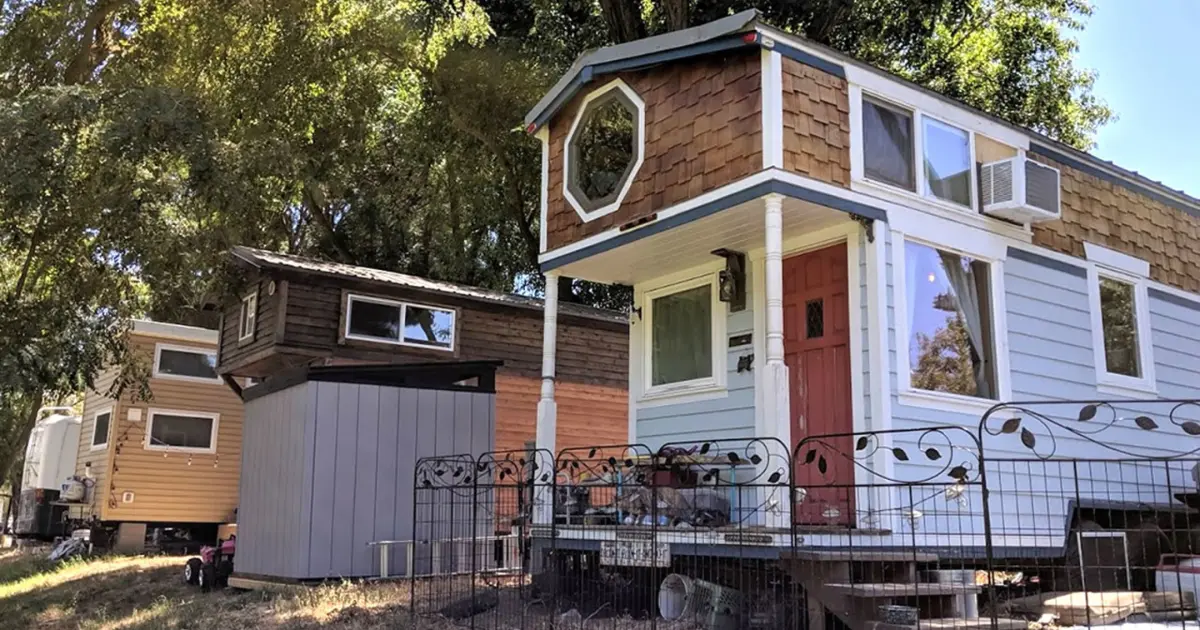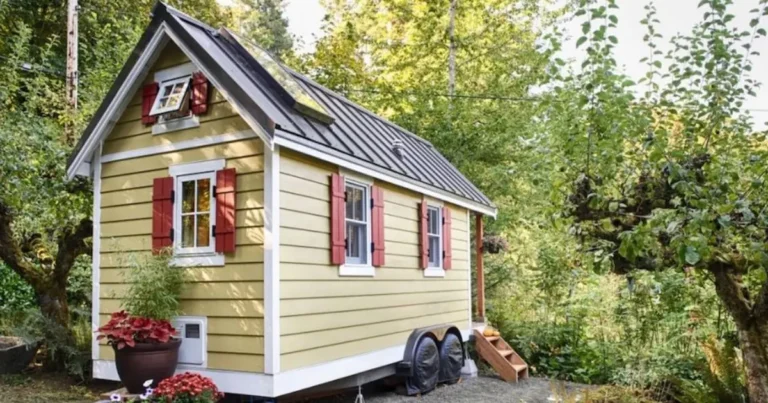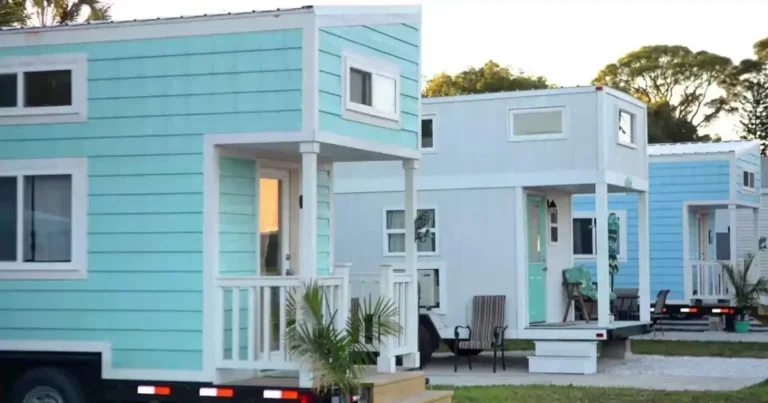Are Tiny Homes Legal in California? A Comprehensive Guide

Tiny Home’s legality in California varies by jurisdiction due to zoning laws and building codes. Some areas permit them with restrictions, while others may have more lenient regulations.
Tiny homes have gained significant popularity in recent years as an alternative living option that promotes minimalism and environmental sustainability. However, when it comes to legal considerations, things can get a bit tricky. Are tiny homes legal in California? This article explores the legal landscape surrounding tiny homes in the Golden State.
Defining Tiny Homes
Tiny homes are typically dwellings with limited square footage, often ranging from 100 to 400 square feet. They can be on wheels (THOWs) or built on foundations. The legal status of tiny homes varies based on their classification and intended use.
Zoning Regulations
Zoning regulations play a crucial role in determining where tiny homes can be placed. In California, zoning laws are primarily determined by local governments, which means that regulations can differ widely from one municipality to another.
Building Codes
Building codes ensure that structures are safe for occupancy. California has strict building codes in place to protect residents from potential hazards. Tiny homes must meet these codes to be considered legal residences.
Accessory Dwelling Units (ADUs)
ADUs are secondary dwelling units located on the same property as a primary residence. Many jurisdictions in California have updated their regulations to allow for ADUs, making it a potential avenue for legalizing tiny homes.
Local Ordinances
Local ordinances may impose additional requirements or restrictions on tiny homes. Some areas might require minimum square footage for homes, limiting the feasibility of tiny living.
Foundation Types
The foundation on which a tiny home is built can impact its legal status. On-wheels tiny homes might be classified as recreational vehicles, subject to RV regulations, while those on foundations are subject to traditional housing laws.
Land Use and Permits
Land use regulations and permits are essential considerations for legalizing tiny homes. Zoning and building permits are often necessary, and compliance with local regulations is a must.
Off-Grid Living
Some tiny home enthusiasts aspire to live off the grid, relying on sustainable energy and water sources. While this lifestyle aligns with eco-conscious ideals, navigating off-grid regulations can be complex.
Environmental Impact
Tiny homes are often touted as environmentally friendly due to their reduced resource consumption. Their potential to lower carbon footprints aligns with California’s sustainability goals.
Benefits of Tiny Homes
Tiny homes offer various benefits, including reduced living costs, simplified lifestyles, and increased mobility. These advantages contribute to their growing appeal.
Challenges of Legalization
Legalizing tiny homes in California comes with challenges such as navigating local regulations, resistance from traditional housing sectors, and concerns about property values.
Future Outlook
The future of tiny homes in California remains promising. Advocacy efforts and evolving attitudes toward sustainable living could lead to more streamlined legalization processes.
FAQs
Are tiny homes legal in all areas of California?
Tiny home legality varies by jurisdiction. Some areas are more open to them than others.
Can I put a tiny home on any piece of land?
Zoning laws and land use regulations determine where tiny homes can be placed.
Do tiny homes need to be on foundations to be legal?
Not necessarily, but the foundation type can affect their legal classification.
What permits are required to build a tiny home?
Building and zoning permits are typically required, but the specifics depend on the location.
Are there financial benefits to living in a tiny home?
Yes, tiny homes can significantly reduce living costs due to their size and reduced resource consumption.
Conclusion
The legality of tiny homes in California depends on a complex interplay of local regulations, zoning laws, and building codes. While challenges exist, the appeal of these small dwellings and their alignment with eco-conscious ideals suggest a positive outlook for their future in the state.

